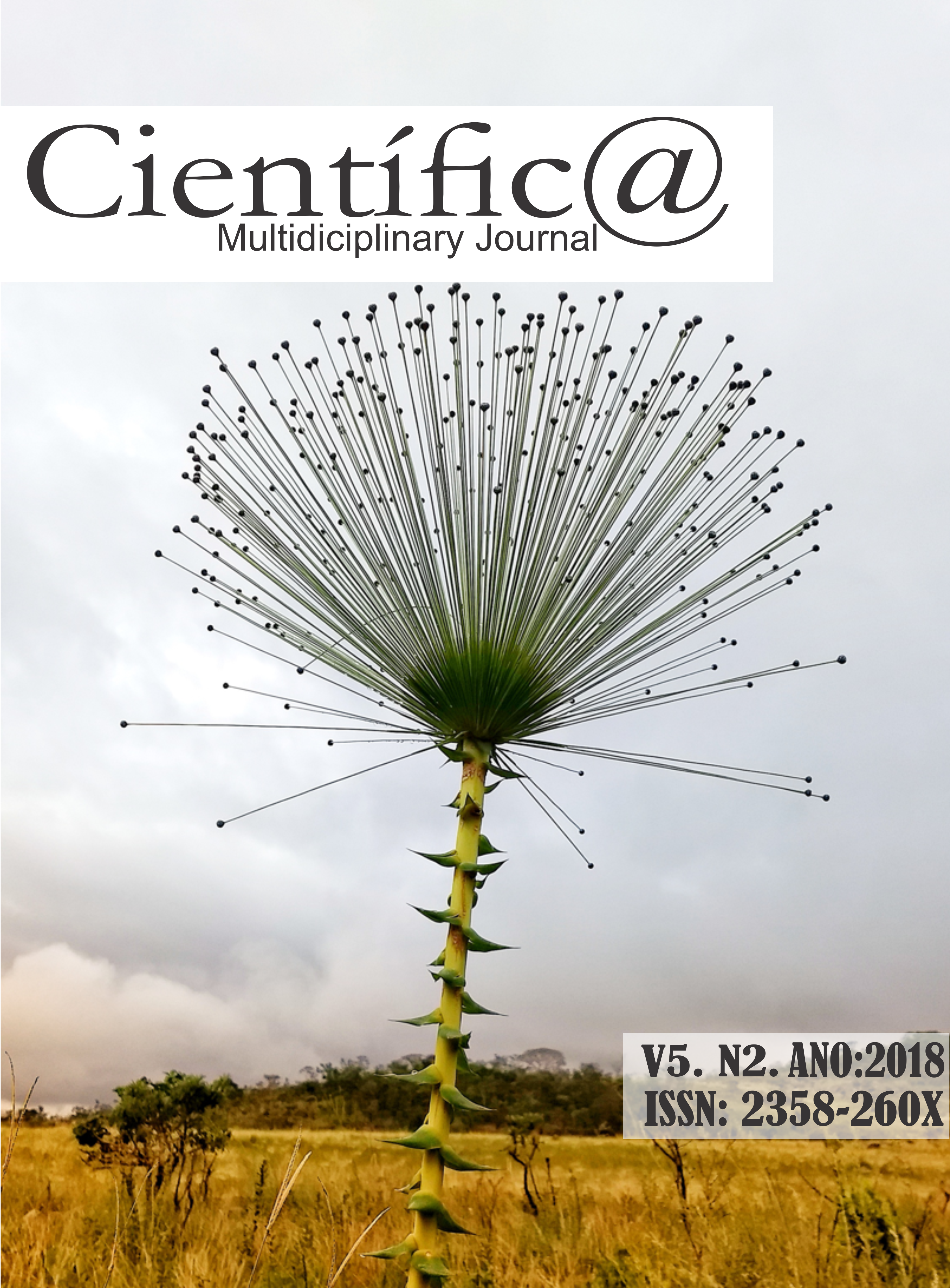Treatment of industrial effluents through of the use of plants in the depollution of water, associated with decantation and slow filtration.
DOI:
https://doi.org/10.29247/2358-260X.2018v5i2.p132-137Abstract
Water is the fundamental element of life. Its multiple uses are indispensable to a long range of human activities, which include, among others, public and industrial supplies, agricultural irrigation, electric energy production and leisure and recreation activities. Drinking water after human use has its altered physical, chemical and biological characteristics transforming into effluents. The use of plants in their depollution has gained significant scientific interest. Therefore, this study had as objective to evaluate the vegetal performance along with the decantation and filtration in the treatment of effluents, taking advantage of its characteristics of retention and elimination of nutrients. It was used in the system the aquatic plant (Eichhornia Crassipes (mart.) solms) popularly known as aguapé besides banana trees (Musa spp) and taiobas (Xanthosoma sagittifolium (L.) Schott) by means of hydroponics, the treatment medium was maintained at rest to allow the decantation of the heavier particles. After the decantation stage and plant action, the effluent was filtered through layers of sand and gravel. The physicochemical properties of the raw effluent were evaluated as: Turbidity, pH, electrical conductivity, chlorides, total solids, temperature and microbiological analyzes, being compared with the results of each stage of the system and with the current legislation CONAMA No. 430/2011 for launching effluents. It was verified the efficiency of the medium in relation to the analyzed parameters as reduction of turbidity (82.7%), total solids (97%), electrical conductivity (98%) and chlorides (92%). PH and temperature indices showed little variation and there was a decrease in the number of pathogenic bacteria. By using plants, settling principles and sand and gravel filters, it was possible to obtain satisfactory results regarding the treatment of dairy effluents.
Downloads
Published
How to Cite
Issue
Section
License
Esta revista oferece acesso livre imediato ao seu conteúdo, seguindo o princípio de que disponibilizar gratuitamente o conhecimento científico ao público proporciona maior democratização mundial do conhecimento.
A partir da publicação realizada na revista os autores possuem copyright e direitos de publicação de seus artigos sem restrições.
A Revista Científic@ - Multidisciplinary Journal segue os preceitos legais da licença Creative Commons - Atribuição-NãoComercial 4.0 Internacional. 

